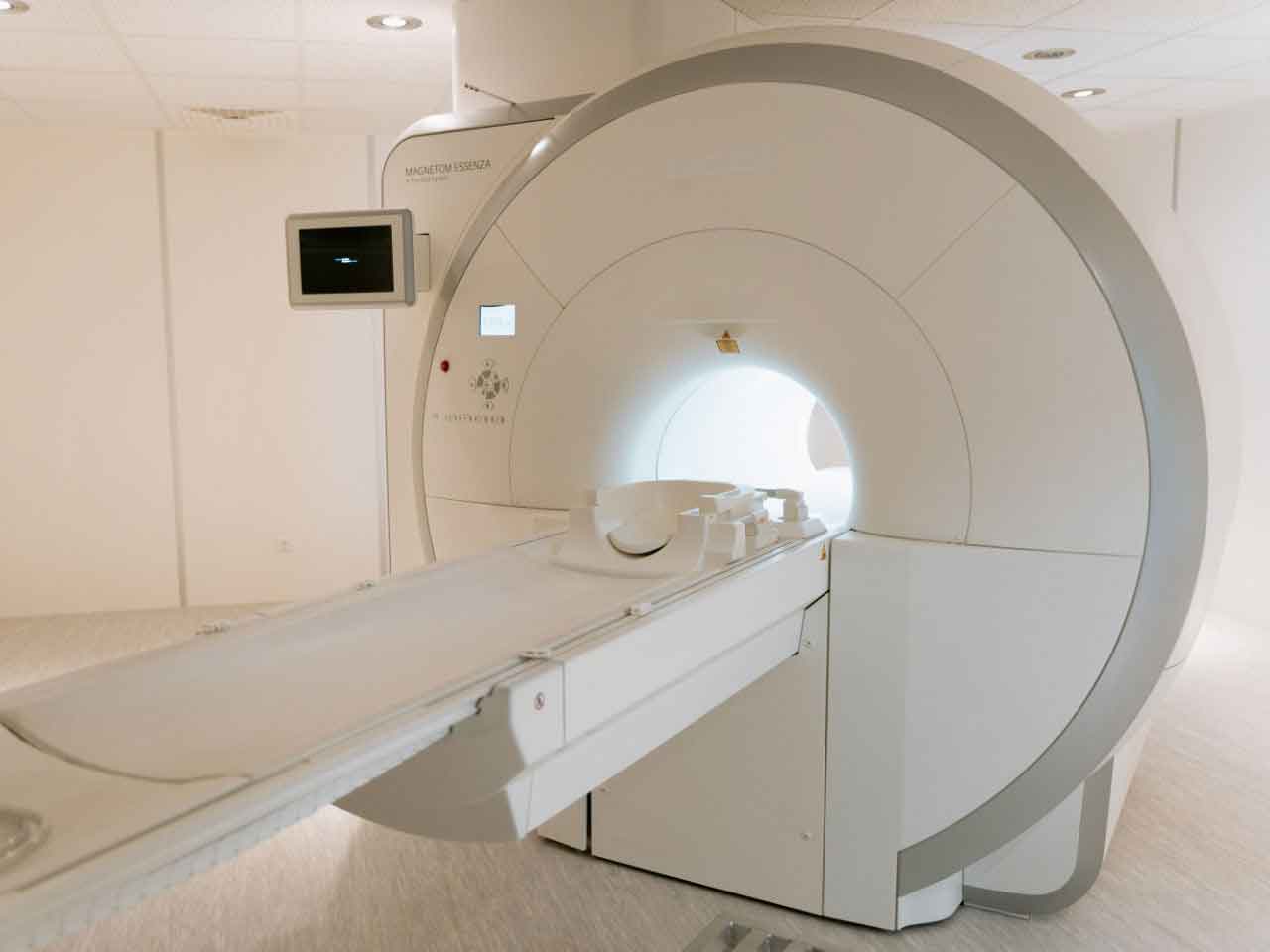Ceramics for MRI Scanners
Technical Ceramics are among the most electrically insulating materials and some can be the most electrically conducting.
Over the years, the discovery of high temperature ceramic superconductors has changed superconductivity from an interesting curiosity into a usable technology with significant applications in medical fields. Magnetic resonance imaging (MRI) has become a common and important life-saving diagnostic tool in recent times and is used in radiology to investigate the anatomy and physiology of the body in both health and disease. MRI scanners use strong magnetic fields and radio waves to form images of the body. The technique is widely used in hospitals for medical diagnosis, staging of disease, and for follow-up without exposure to ionizing radiation.
The largest and most important component of an MRI system is the magnet, an incredibly strong superconducting magnet capable of producing a large, stable magnetic field and running from the front to the back of the tube.The strength of the magnet in an MRI system is rated using a unit of measure known as a tesla. Another unit of measure commonly used with magnets is the gauss (1 tesla = 10,000 gauss). The superconducting magnets in use today in MRI systems create a magnetic field of 0.5-tesla to 2.0-tesla, or 5,000 to 20,000 gauss. When you consider that the Earth’s magnetic field measures 0.5 gauss, you can comprehend how powerful these magnets are.
Superconducting magnets consist of many coils or windings of wire through which a current of electricity is passed, creating a magnetic field of up to 2.0 tesla. Maintaining such a large magnetic field requires a good deal of energy, which is accomplished by superconductivity or reducing the resistance in the wires to almost zero. To achieve this, the wires are continually bathed in liquid helium at -269°C. However, with the advent of highly sophisticated ceramic compounds, such as Yttrium Barium Copper Oxide, that exhibit superconductivity at temperatures as high as -145ºC, the materials need only to be cooled with liquid nitrogen, which is significantly less expensive than liquid helium.
While superconductive magnets are expensive, they produce a strong and uniform magnetic field inside the patient’s body which allows for the highest-quality imaging – and superconductivity keeps the system economical to operate.

